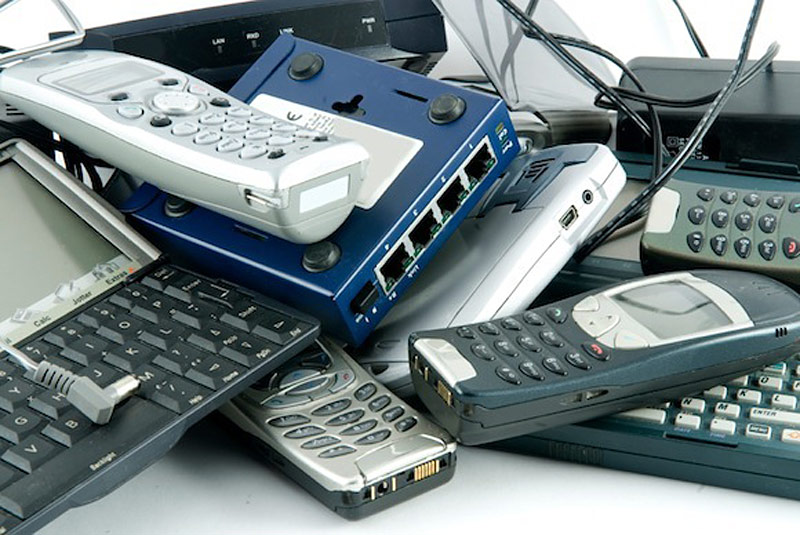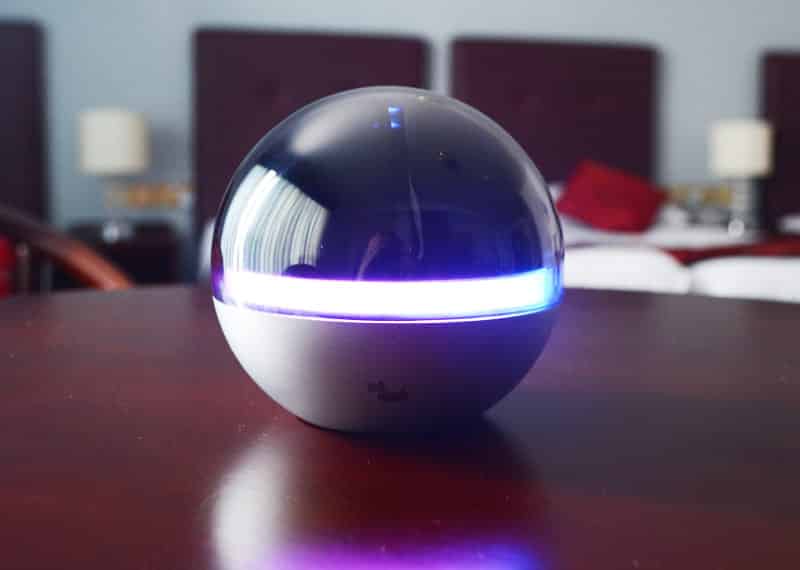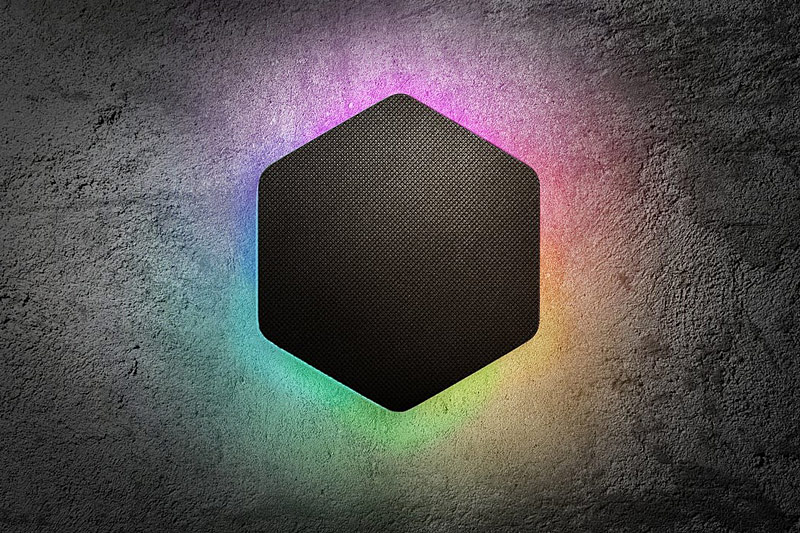Automating the Home, Going Digital With The Science of Smart Hubs
In a world not so long ago before the time of the smart hub our homes were traditionally constructed. These houses required heating, energy, hot water and home security much like today. However controlling the home was a manual process. From opening windows in the heat of summer to locking the house at night.
Homeowners were accustomed to using traditional tools that in some cases were centuries old in their design. For instance a simple key to secure the front door at night; a tap to control the hot water supply, a lever to raise a blind and so on. These were the homes we were used to operating since childhood. They were comfortable and familiar designs and their usage was second nature.
Yet all of a sudden something changed and homes embraced new technology. It started with an internet-connected thermostat. A few months later, you add some connected light switches. And a garage door opener, and a refrigerator, and you’re considering one of those doorbell security cameras that lets you see who is at your door even when you aren’t home. In short, what started as a way to save money on your heating and cooling costs has turned into a fully connected smart home.
The Digital Home Automation Stampede

The rush to go digital is fuelled by ever increasing media exposure, green initiatives and tax incentives in some cases. Some homeowners simply have to have the latest gadgets. A consumer demographic that manufacturers mercilessly exploit. Yet just like 3D televisions just because you have one does not mean you necessarily desire to use it once the novelty wears off.
Some new technologies are actually quite promising particularly for new build homes. Such as the green credentials that accompany tech such as Tesla’s Solar Tiles for example. Whereas other home gadgets just get shelved and end up gathering dust.
Seeing is Believing
Don’t just take our word for it, home automation done right delivers huge lifestyle and productivity advantages over traditional ways of managing common home controls. Here we have assembled a selection of useful home automation tutorials and helpful guides to getting started in this exciting new digital niche.
Of course there is a downside to home automation. In particular a lot of new high technology devices possess lots of flash, glitz and wizardry that are very good at inducing so called ‘shiny object syndrome.’ It is the latest, cool gadget for the home, so a percentage of homeowners simply have to have it.
They are almost seduced by the prospect and will order this new tech there and then. Yet much like the 3D television there is a danger that it will end up under utilized or even abandoned. In 2017 so called smart devices can be used among other things to:
- Monitor home security, doors, alarms and doorstep visitors
- Control lighting, blinds, windows and curtains
- Enable or disable heating and hot water and program usage
- Manage home entertainment
- Control appliances such as fridges and freezers
- Maintain outdoor areas such as lawn sprinklers and pools
So What is the Problem With Automation in the Home?

The problem, though, is that each one of your gadgets and gizmos is controlled via its own app or bespoke controller. If you only have one or two devices, this isn’t a big deal. Yet the more smart things you add, the more complicated it gets. Then more likely it is that you’ll dim the lights when you mean to turn on the AC, or open the garage door when you want to turn on the television. Not to mention, having a dozen or so different apps on your mobile device can be annoying, and take up valuable storage space on the device.
This is not actually a new scenario, many of us are familiar with the irritation caused by home cinema and audio requiring a multitude of clumsy remotes. How is it that the remote you always need is the one that can never be found, does that resonate? So home automation can sometimes be more trouble than it is worth, leaving homeowners longing for the return of their simple front door key and traditional light switch.
Fixing The Home Automation Problem

The solution is a smart hub to manage everything. A smart hub is a single device that connects all the devices on your home automation system, and allows you to control the communication between them and your mobile device.
Instead of having a single app for each device and controlling it individually, the hub streamlines the network so you can easily access everything on one panel, and in many cases, allows you to connect different devices so they respond in predetermined ways when specific conditions are met. It is like having a single home remote that manages every device, appliance and utility in the home from one single useful location.
How Smart Hubs Work to Make Life Easier

When setting up a smart home, most homeowners purchase items over time, and choose devices from different manufacturers. However, different brands may use different languages, making it impossible for them to communicate with devices from other brands without some type of translator. That’s where a hub comes in.
A hub collects data from your devices, and then forwards it out in all directions to the appropriate device. Most have a built-in switch that contains information that allows it to translate the data and signals from disparate devices and send them to the right place. Some smart hubs are even able to process data before it’s forwarded out; for example, analyzing patterns and trends to help you gain more control over your devices.
Typically, hubs are controlled by a single, universal app; some also include an installed control panel. This allows the user to control, automate, and schedule tasks, either via touchscreen or voice command. In theory, using a hub, you can open a single app to, say, dim the lights, turn on some romantic music, and start the gas fireplace the moment your spouse pulls into the driveway.
If This, Then That
Many hubs also offer the ability for users to set up IFTT, or If This Then That, controls on their smart devices. This is a set of simple commands that are set in motion when certain conditions are met. For instance, if the thermostat detects that the outdoor temperature reaches 80 degrees, the air conditioning will turn on, and the living room blinds will close. Likewise, if your hub has geofencing capabilities, you can create an IFTT command to open the garage door, turn on the interior lights, and tune to the local news when the hub detects that you have pulled into your driveway.
Choosing a Smart Hub for Home Automation

Many homeowners who are planning on fully outfitting their homes with smart appliances begin with a hub and go from there. This makes sense for several reasons. First, not all hubs are compatible with all smart devices. While some of the more popular DIY and subscription-based hubs are compatible with most major manufacturers, there are some devices that will not work, requiring you to use their proprietary apps. By starting with a hub, you can choose devices that you know will be compatible and save the frustration.
Other things to consider when choosing a smart hub for your property:
- The ease of the app. Some apps are more complex than others. Even though you won’t have access to all the features, download a few smart hub apps to test them out and choose one that is most user-friendly for you.
- Range. Unless you live in a palace, most hubs will have adequate range for your devices. Still, you want to be sure that the hub can send and receive signals throughout your home, so research which is best for your size and style of home.
- Features. Not all hubs support IFTT, work with all mobile devices, or even work with all smart things. Choose one that meets all your particular needs.
- Support. If you run into trouble, can you get help? Subscription-based hubs have an advantage here, since they come with a high level of support.
Final Thought
The market for smart home appliances, utilities and lifestyle devices is growing rapidly every single day. Each year technology trade shows and consumer exhibitions wow us with more and more high tech designed to make our lives easier. As more devices are connected inside our homes, the need for a smart hub with an intuitive app will grow.
Think of the smart hub and it’s app as some kind of master key or controller for the home. It’s quite likely that eventually all new build homes will be equipped with some type of controller hub, making smart homes even smarter. While a separate but equally lucrative market to equip and adapt older properties will also signal a digital revolution in our homes and businesses for decades to come.


